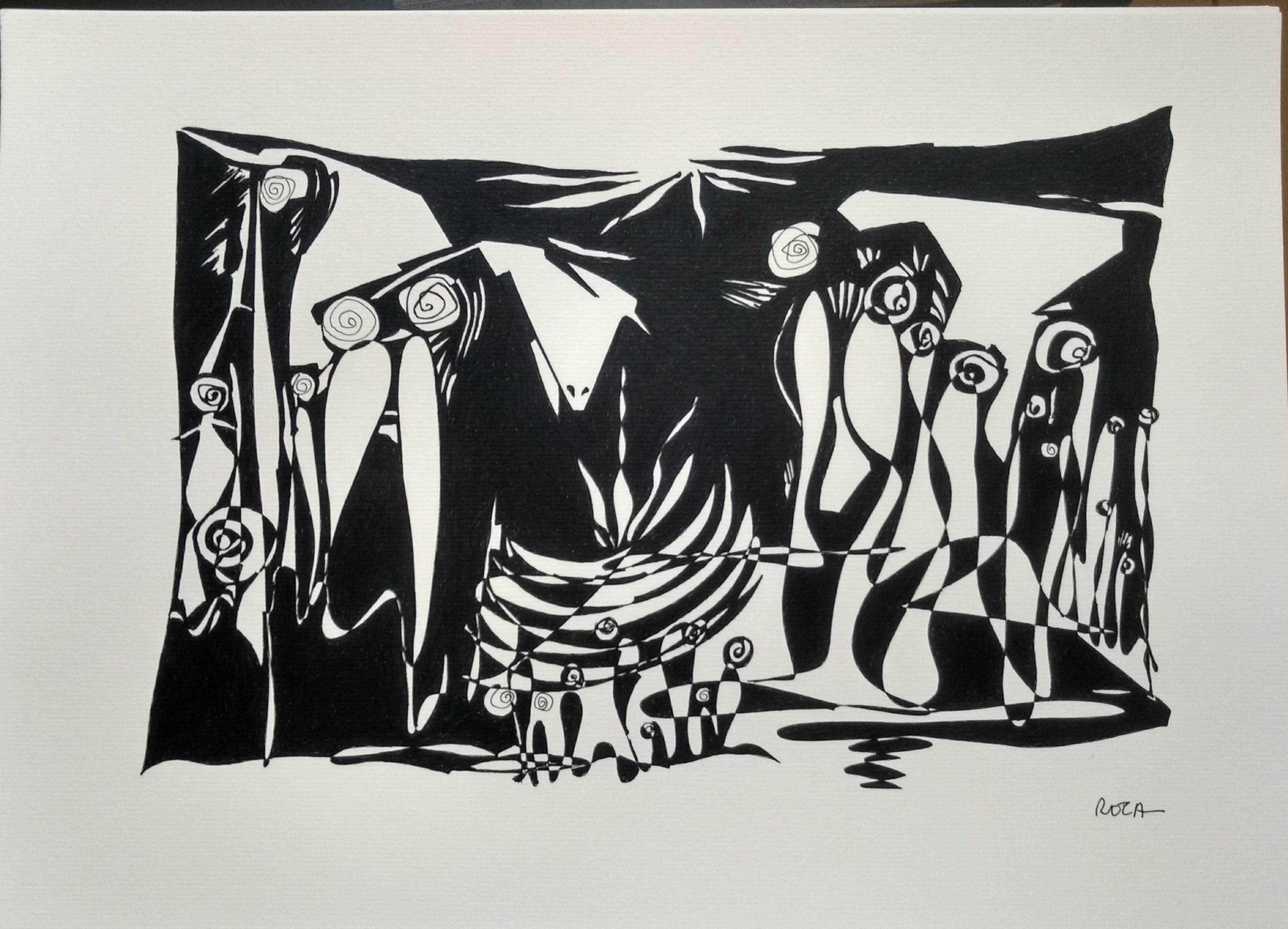A LEITURA DE EMOÇÕES NO LIVRO INFANTIL ILUSTRADO: PALAVRAS E IMAGENS
DOI:
https://doi.org/10.22478/ufpb.1983-9979.2019v14n2.48725Abstract
This paper discusses the emotional dimension of reading in picturebooks addressed to young readers. It aims to propose, based on evidence from cognitive studies on reading fictional narratives, a look at the book that values the child's vicarious experience in interacting with character emotions (MIALL, 1989; OATLEY, 2012), as well as the role of this experience in the development of empathy (DJIKIC; OATLEY; MIHNEA, 2013). Through the methodological procedures of Content Analysis (BARDIN, 1977), guided by the categories of relations between word and image, as Nikolaveja (2013), discusses possibilities of reading emotions in a book of Brazilian children's literature aimed at the beginning reader, analyzing the collaboratively constructed representations by writer and illustrator of how characters think and feel. It concludes that the emotional dimension is omnipresent in reading and, therefore, needs a didactic treatment that recognizes the inseparability cognition-emotion (DAMÁSIO, 2012). In addition, it proposes that illustrated children's fictional narratives, in addition to contributing to verbal and visual literacy, offer a fertile possibility of reading about themselves and others, which may favor the development of important socio-emotional skills in children, such as empathy.










